Succession planning is a critical aspect of ensuring a smooth transition in leadership and maintaining the stability of any organization. It involves identifying and developing future leaders who can successfully step into key roles as they become available. In this article, we'll explore various succession planning options, highlighting effective strategies and best practices that can be tailored to fit your organization's unique needs. So, if you're ready to secure the future of your business, join us as we dive deeper into the essentials of succession planning!
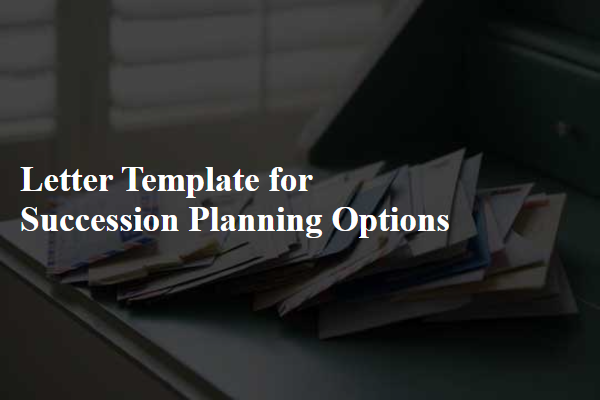
Leadership Skills Development
Leadership skills development is essential for organizations planning for future success. Programs focusing on emotional intelligence, decision-making, and team management foster growth in potential leaders. Workshops at renowned institutions like Harvard Business School emphasize strategic thinking and adaptive leadership. Mentorship opportunities, pairing seasoned executives with emerging talent, provide personalized guidance and insight. Evaluating individual strengths through assessments like Gallup StrengthsFinder identifies areas for growth. Offering stretch assignments allows employees to take on challenging roles, enhancing their capabilities. Companies like Google and Apple prioritize continuous learning and development, shaping a resilient leadership pipeline that can navigate dynamic market conditions.
Knowledge Transfer Processes
Succession planning is crucial for organizations to ensure a smooth transition of knowledge and leadership. Effective knowledge transfer processes enable experienced employees, often referred to as knowledge holders, to share essential insights, skills, and best practices with their successors. Mentoring programs emerge as a key strategy, fostering one-on-one relationships between senior team members and newer employees. Documentation of processes, including comprehensive manuals and workflow charts, serves as a vital resource for successors, promoting continuity in operations and minimizing disruptions during transitions. Additionally, regular knowledge-sharing sessions, workshops, and collaborative projects encourage open communication and team-building, further enhancing organizational resilience and adaptability. Evaluating and updating these knowledge transfer processes on a periodic basis ensures they remain relevant and effective in addressing evolving business needs.
Talent and Role Assessments
Succession planning involves identifying and developing internal personnel to fill key leadership positions and ensures organizational stability. Talent assessments offer data-driven insight into employees' skills, performance levels, and growth potential, essential for making informed decisions. Role assessments evaluate specific job functions, determining the necessary competencies, behaviors, and experiences required for success in each position. By integrating these assessments, organizations like globally recognized firms in Fortune 500 can strategically prepare for future leadership needs, ensuring a seamless transition when vacancies arise. This proactive approach mitigates risks associated with turnover and facilitates a robust pipeline of qualified candidates, vital for maintaining competitive advantage.
Succession Timeline and Milestones
Effective succession planning can ensure a seamless transition within organizations, especially during critical periods like leadership changes. The succession timeline typically spans several key milestones, including identification of potential successors (usually within the first quarter of the fiscal year) to evaluate skills, competencies, and readiness for advanced roles. The establishment of a mentoring program may take place shortly thereafter, allowing experienced leaders to share insights and knowledge with their proteges. Midway through the timeline, formal assessments such as 360-degree feedback could be implemented to gauge development progress. In the final stages, typically within the last quarter, candidates may participate in cross-functional projects or interim roles to gain practical experience. All these crucial steps aim to prepare the next generation of leaders to take over seamlessly while minimizing disruption to operations.
Continuous Feedback and Evaluation Mechanism
Continuous feedback and evaluation mechanisms are crucial for effective succession planning within organizations. These systems ensure real-time monitoring of employee performance, fostering a culture of open communication and improvement. Regular assessments can include 360-degree feedback, encompassing reviews from peers, direct reports, and managers to provide a comprehensive view of an employee's capabilities. Evaluations can be conducted semi-annually or quarterly, focusing on key performance indicators (KPIs) tied to organizational goals. Additionally, integration of digital tools such as performance management software enhances tracking of progress and areas for development. By creating structured feedback loops, organizations can identify high-potential employees, refine their leadership skills, and prepare them for future roles, ensuring a seamless transition in critical positions.

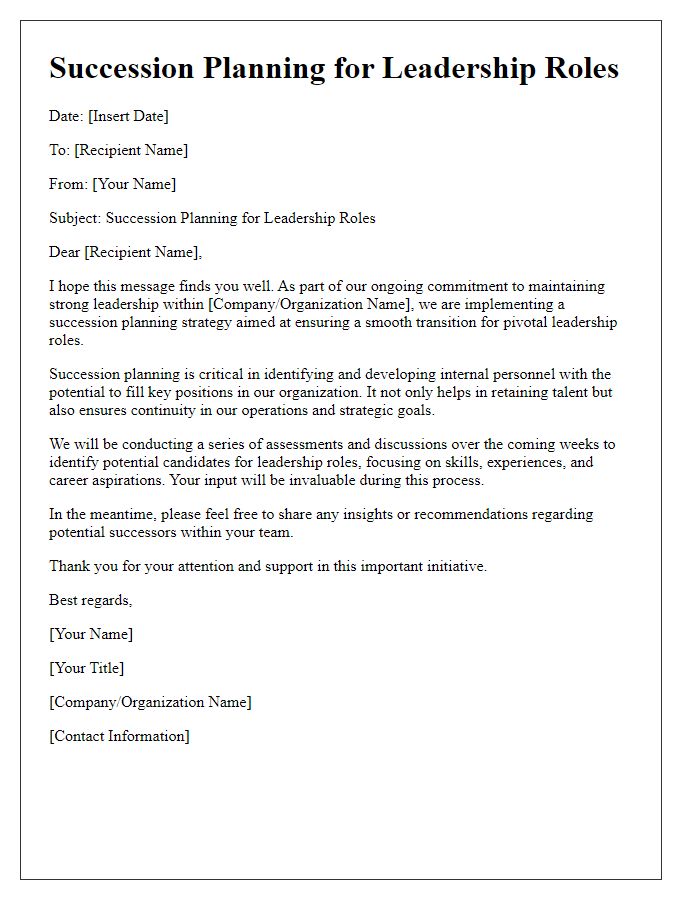
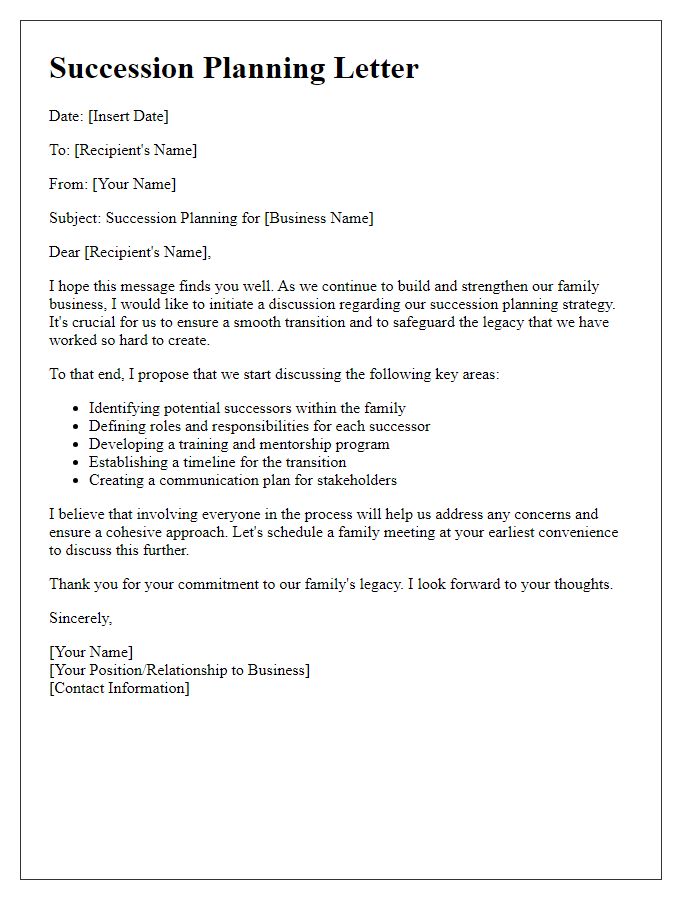
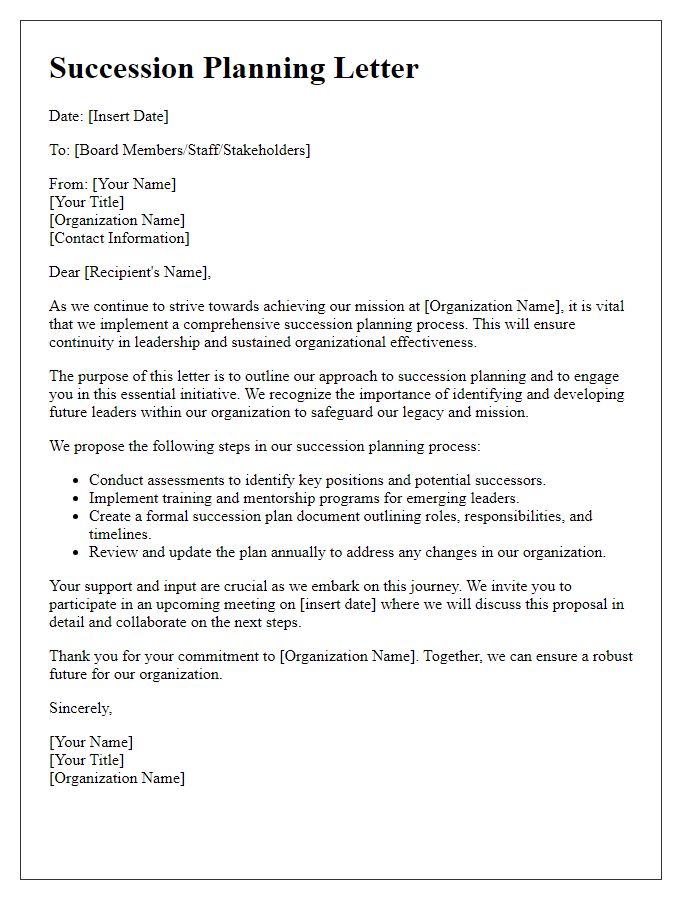
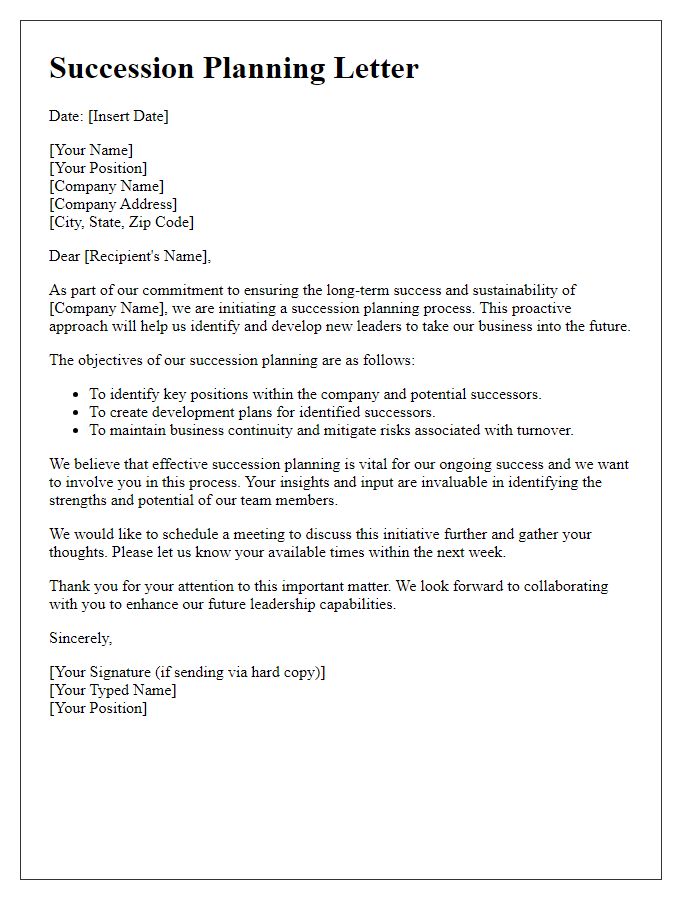
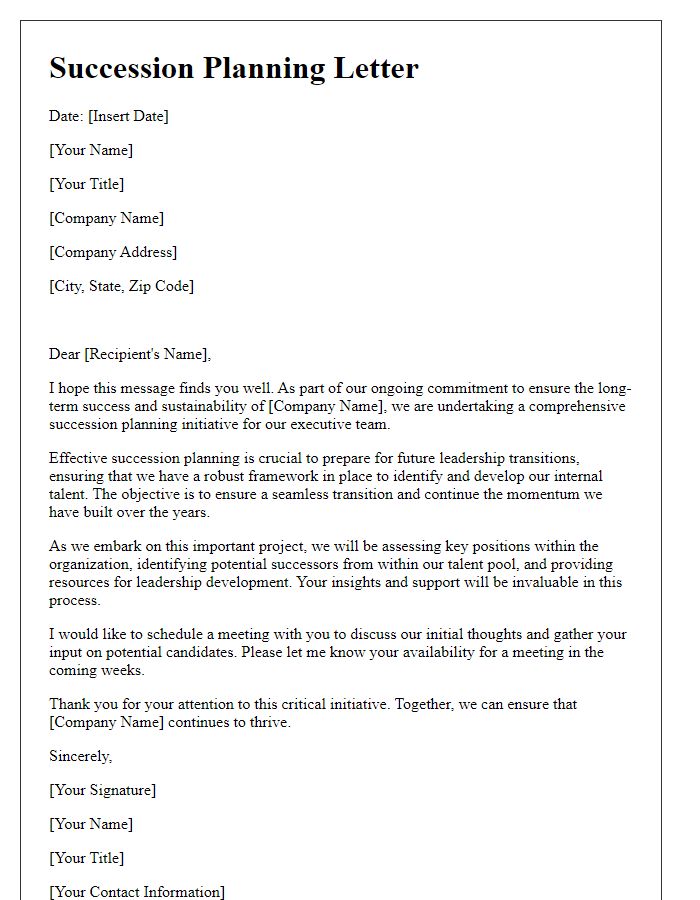
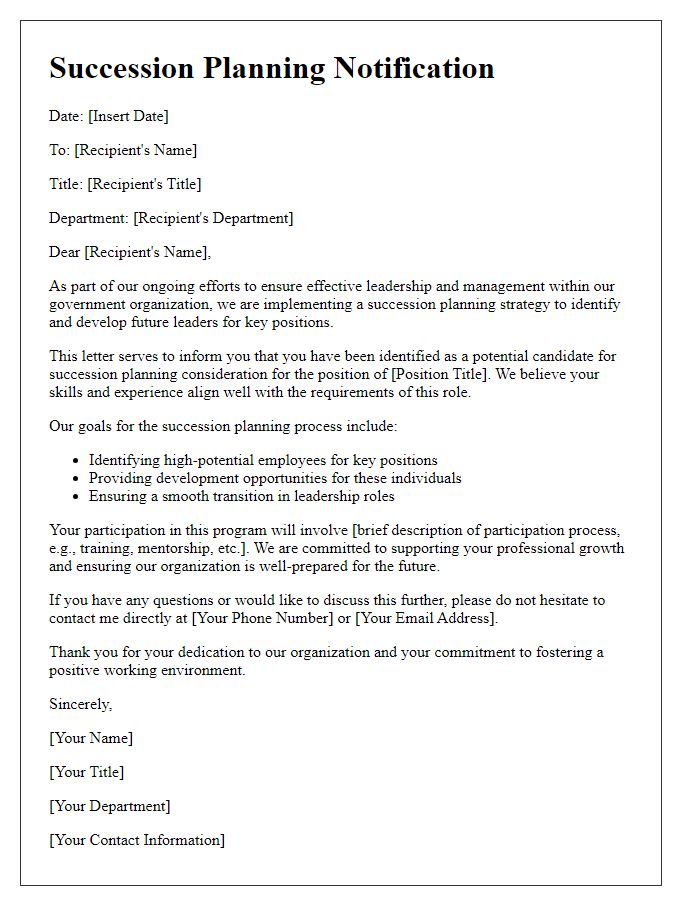
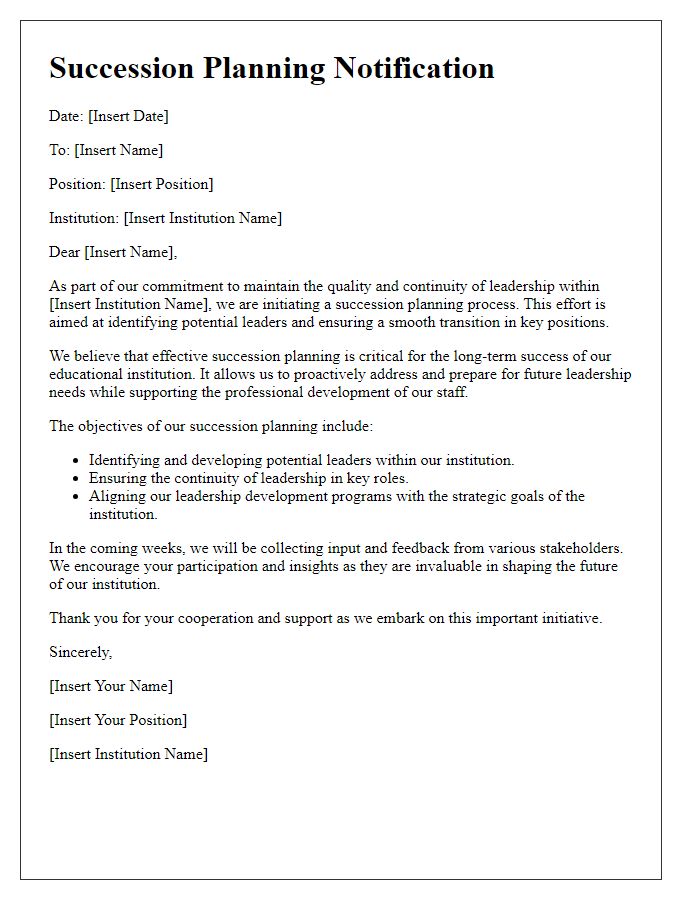
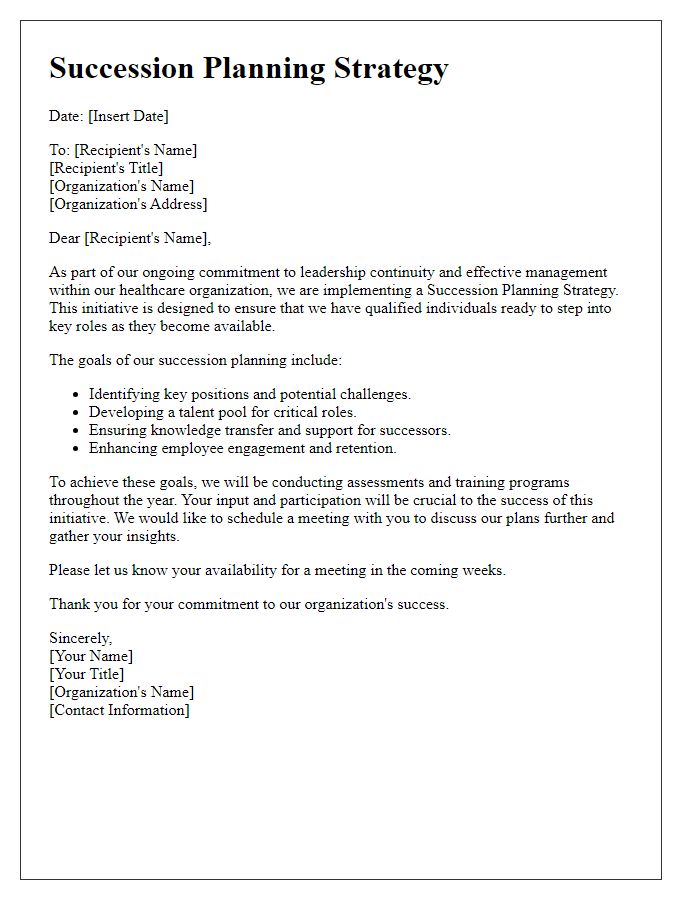
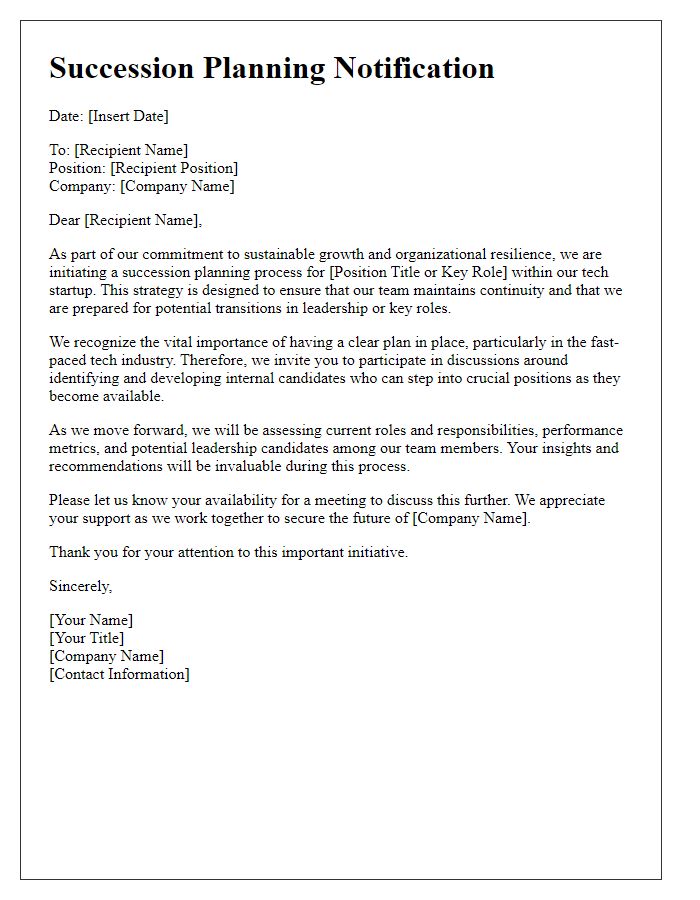
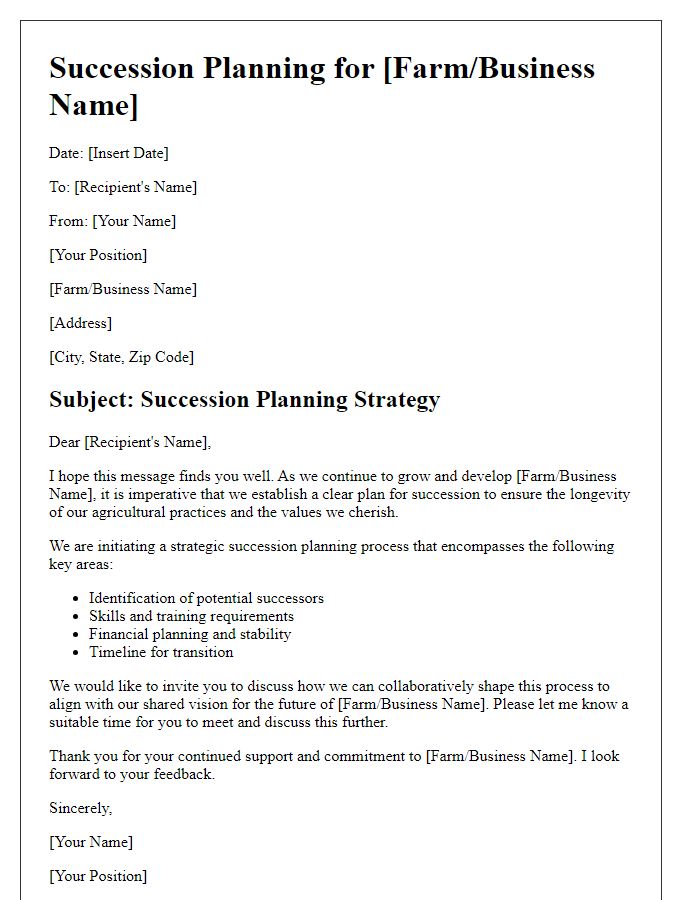

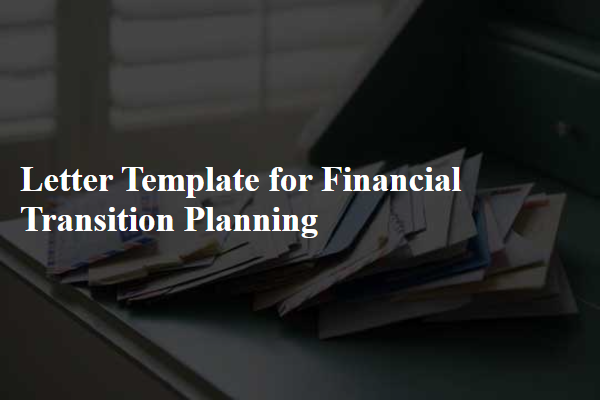
Comments